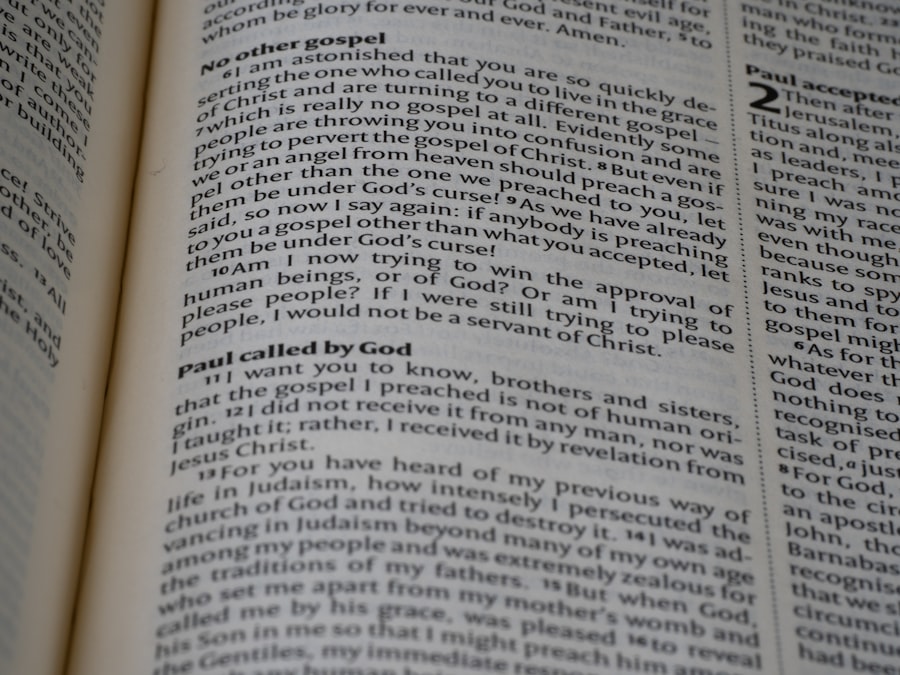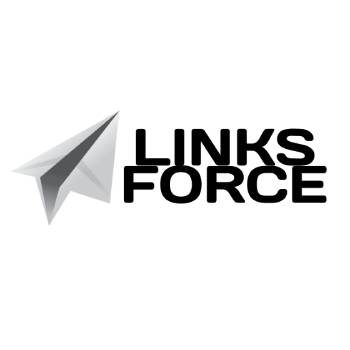
Pay-Per-Click (PPC) advertising is a digital marketing model that allows businesses to display ads on search engines and other platforms, paying only when a user clicks on their ad. This model is particularly appealing because it provides a measurable return on investment (ROI) and allows for precise targeting of potential customers. The most common platform for PPC advertising is Google Ads, where advertisers bid on keywords relevant to their products or services.
When users search for those keywords, the ads appear at the top or bottom of the search results page, often marked as “Ad” to distinguish them from organic search results. The mechanics of PPC advertising involve a bidding system where advertisers compete for ad placements based on their chosen keywords. Each keyword has a different cost-per-click (CPC) associated with it, influenced by factors such as competition, relevance, and quality score.
The quality score is determined by the ad’s relevance to the keyword, the expected click-through rate (CTR), and the landing page experience. A higher quality score can lead to lower costs and better ad placements, making it essential for advertisers to focus on creating high-quality ads and landing pages that resonate with their target audience.
Setting Clear Goals and Objectives for Your PPC Campaign
Establishing clear goals and objectives is a fundamental step in launching a successful PPC campaign. Without defined targets, it becomes challenging to measure success or determine the effectiveness of your advertising efforts. Goals can vary widely depending on the business’s needs; they may include increasing website traffic, generating leads, boosting sales, or enhancing brand awareness.
For instance, an e-commerce business might set a goal to increase online sales by 20% over the next quarter through targeted PPC campaigns. To ensure that these goals are actionable, they should be SMART: Specific, Measurable, Achievable, Relevant, and Time-bound. For example, instead of simply stating a desire to “increase traffic,” a more effective goal would be “to achieve a 30% increase in website visits from PPC ads within three months.” This specificity allows marketers to create tailored strategies that align with their objectives and provides a clear benchmark against which to measure progress.
Conducting Thorough Keyword Research

Keyword research is a critical component of any PPC campaign, as it directly influences ad visibility and performance. The process involves identifying the terms and phrases that potential customers use when searching for products or services similar to what your business offers. Tools like Google Keyword Planner, SEMrush, and Ahrefs can assist in uncovering relevant keywords, providing insights into search volume, competition levels, and suggested bids.
When conducting keyword research, it’s essential to consider both short-tail and long-tail keywords. Short-tail keywords are typically one or two words long and have high search volumes but also high competition. For example, “shoes” is a short-tail keyword that may attract many searches but is difficult to rank for due to the number of advertisers competing for it.
In contrast, long-tail keywords are more specific phrases that often have lower search volumes but can lead to higher conversion rates because they target users further along in the buying process. An example of a long-tail keyword might be “best running shoes for flat feet,” which indicates a more specific intent.
Creating Compelling Ad Copy and Landing Pages
Once you have identified your target keywords, the next step is crafting compelling ad copy that captures attention and encourages clicks. Effective ad copy should be concise yet informative, highlighting the unique selling propositions (USPs) of your product or service. It’s crucial to incorporate the target keywords naturally within the ad text to improve relevance and quality score.
For instance, if you are advertising a new line of eco-friendly sneakers, your ad might read: “Shop Eco-Friendly Sneakers – Stylish & Sustainable Footwear for Every Occasion!” In addition to engaging ad copy, the landing page experience plays a vital role in converting clicks into actions. A well-designed landing page should align closely with the ad’s messaging and provide users with a seamless experience. This includes fast loading times, mobile optimization, and clear calls-to-action (CTAs).
If users click on an ad promising “20% off all shoes,” they should be directed to a landing page that prominently displays this offer along with easy navigation options to browse products. A mismatch between ad copy and landing page content can lead to high bounce rates and wasted ad spend.
Implementing Effective Bid Strategies
Bid strategies are essential in determining how much you are willing to pay for each click on your ads. Google Ads offers various bidding options that cater to different campaign goals. For instance, manual CPC bidding allows advertisers to set their maximum bid for each keyword individually, providing greater control over spending.
However, this approach requires constant monitoring and adjustments based on performance metrics. On the other hand, automated bidding strategies can optimize bids in real-time based on specific goals such as maximizing conversions or achieving a target return on ad spend (ROAS). For example, Target CPA (Cost Per Acquisition) bidding automatically adjusts bids to help achieve an average cost per conversion that you set.
This strategy can be particularly beneficial for advertisers who may not have the time or resources to manage bids manually while still aiming for optimal performance.
Utilizing Ad Extensions and Ad Formats

Ad extensions are additional pieces of information that can enhance your PPC ads and provide users with more reasons to click. They can include site link extensions that direct users to specific pages on your website, call extensions that allow users to call your business directly from the ad, or location extensions that display your business address alongside your ad. Utilizing these extensions not only improves the visibility of your ads but also increases click-through rates by providing potential customers with more relevant information.
In addition to standard text ads, exploring various ad formats can also enhance your PPC strategy. Display ads, for instance, allow you to showcase visually appealing graphics across Google’s Display Network, reaching users while they browse other websites. Video ads on platforms like YouTube can engage audiences through storytelling and dynamic content.
Shopping ads are particularly effective for e-commerce businesses as they display product images alongside pricing information directly in search results. By diversifying ad formats and utilizing extensions effectively, advertisers can create more engaging campaigns that resonate with their target audience.
Tracking and Analyzing Performance Metrics
To gauge the success of your PPC campaigns, tracking and analyzing performance metrics is crucial. Key performance indicators (KPIs) such as click-through rate (CTR), conversion rate, cost per click (CPC), and return on investment (ROI) provide valuable insights into how well your ads are performing. For instance, a high CTR indicates that your ad copy is compelling enough to attract clicks, while a low conversion rate may suggest issues with your landing page or targeting.
Google Ads provides robust analytics tools that allow advertisers to monitor these metrics in real-time. By regularly reviewing performance data, marketers can identify trends and make informed decisions about where to allocate their budgets effectively. For example, if certain keywords are driving significant traffic but not converting well, it may be necessary to adjust the ad copy or landing page associated with those keywords.
Additionally, A/B testing different elements of your ads—such as headlines or CTAs—can help determine which variations yield better results.
Continuously Optimizing and Testing Your PPC Campaigns
The digital landscape is constantly evolving, making continuous optimization an essential aspect of successful PPC campaigns. Regularly reviewing performance data allows marketers to identify areas for improvement and implement changes accordingly. This could involve adjusting bids based on keyword performance, refining targeting options based on audience insights, or experimenting with new ad formats.
A/B testing is a powerful method for optimizing PPC campaigns by comparing different versions of ads or landing pages to see which performs better. For example, you might test two different headlines for an ad targeting fitness enthusiasts: one focusing on “High-Performance Running Shoes” versus another highlighting “Comfortable Sneakers for Everyday Use.” By analyzing which version generates more clicks or conversions, you can make data-driven decisions that enhance overall campaign effectiveness. Moreover, staying updated with industry trends and changes in consumer behavior is vital for maintaining competitive advantage in PPC advertising.
As new features are introduced by platforms like Google Ads or shifts occur in user preferences, adapting your strategies accordingly will ensure that your campaigns remain relevant and effective over time. By committing to ongoing optimization and testing, businesses can maximize their PPC investments and achieve sustained growth in their digital marketing efforts.
